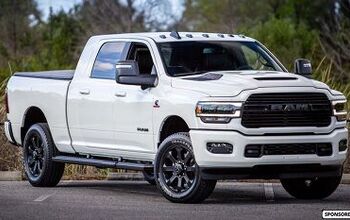Electric Race Car Debuts New EV Technology
According to Paul Drayson, the leader of the Lola-Drayson consortium, “Don’t judge electric cars by what you are seeing on the street right now.” The team’s mission is to fine-tune a number of electric vehicle technologies and innovations with the intent to eventually trickle the technology to road vehicles.
The first of the innovations is BAE System’s radical “structural battery” technology, which allows for a car’s carbon fiber bodywork and panels to act as batteries. Chief designer at Lola Cars explains, “They are made out of honeycombs of carbon fibre filled with a solution that gives them the energy storage capacity of a battery. Their advantage is they can form any shape.” If structural battery can be optimally and practically applied, then it is feasible for a vehicle’s entire surface to act as battery cells.
Next, Multimatic of Rockingham, UK, has created new energy absorption technology that makes use of the up-down movement of a vehicles suspension to charge a capacitor. This energy can then be intelligently released as means of vehicle propulsion or to simply power other electronic devices within the car. An active aero surface that moves to create downforce from energy drawn from the suspension is one of the many ideas that the team is researching.
Finally, the London-based Halo Inductive Power Transfer division of the digital wireless telecommunications giant Qualcomm is creating new ways to charge main batteries. HaloIPT developed a doormat-sized platform package packed with coils. One of the platforms will be installed in the vehicle while the other will be embedded into the road. Power can then be transferred from one pad to the other as the vehicle passes over via an electromagnetic induction. A HaloIPT spokesman promises this technology to be 92 percent efficient.
Paul Drayson is looking to implement HaloIPT’s technology into racetracks across the world so that EV racers can charge wirelessly on the track during the races. If this idea takes off, infrastructure could be completley revolutionized for our roads. Drayson said ambitiously, “The new generation of technology we are showcasing in electric racing will amaze people when it gets on the road.”
[Source: NewScientist]
More by Danny Choy



















![2011 Gumball 3000 Rally Kicks Off in London [Video]](https://cdn-fastly.autoguide.com/media/2023/06/26/12960271/2011-gumball-3000-rally-kicks-off-in-london-video.jpg?size=350x220)
![2011 Nissan Leaf Takes On Laguna Seca [Video]](https://cdn-fastly.autoguide.com/media/2023/06/26/12961840/2011-nissan-leaf-takes-on-laguna-seca-video.jpg?size=350x220)
![Nissan Leaf Nismo RC Test On-Board Cam [Video]](https://cdn-fastly.autoguide.com/media/2023/06/07/12412798/nissan-leaf-nismo-rc-test-on-board-cam-video.jpg?size=350x220)










Comments
Join the conversation